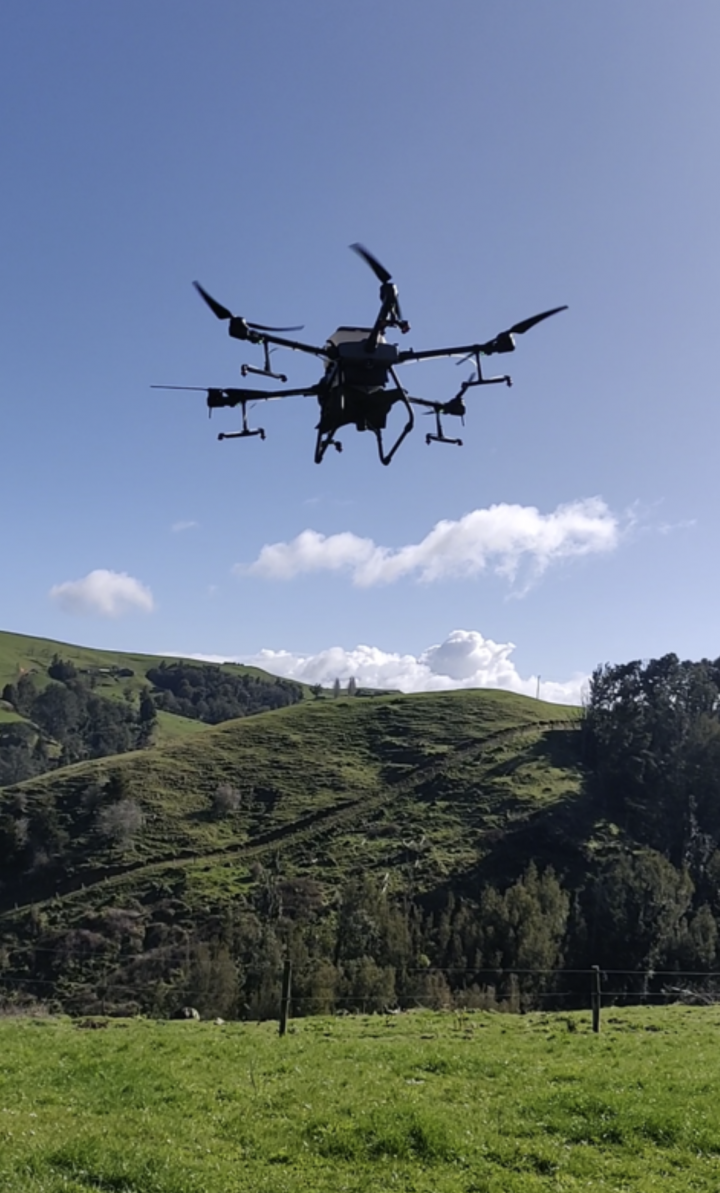New Zealand’s lush landscapes are not only a sight to behold but also a testament to the country’s commitment to ecological restoration. In the ongoing quest to restore native forests and preserve biodiversity, innovative solutions are emerging. One such solution is the use of drones to spread native tree seeds onto retired farmland and riparian areas where trees have already been hand-planted. In this blog post, we’ll explore how this technology can supercharge tree growth and suppress weeds, benefiting both farmers and environmentalists alike.
1. Bulk Up Your Tree Plantations
Native tree planting initiatives across New Zealand have made substantial progress in restoring ecosystems. However, these efforts can take time to yield substantial results due to factors like uneven planting and seedling growth variations. This is where drones come into play.
Drones are capable of dispersing native tree seeds with unparalleled precision. By dropping seeds directly onto previously planted areas, they can help “bulk out” existing tree plantations. This means more trees, more diversity, and faster growth, bringing your restoration project closer to its goals.
2. Weed Suppression
Weeds are a common challenge in reforestation projects. They compete with native trees for resources and can hamper their growth. Hand-weeding can be labor-intensive and time-consuming. Drones offer a more efficient solution.
When drones distribute native tree seeds, they also serve as agents of weed suppression. Native tree seedlings, once established, can outcompete invasive weeds for sunlight, water, and nutrients. This natural competition reduces the need for manual weeding and herbicides, making tree plantations more sustainable and cost-effective.
3. Cost-Efficiency for Farmers
For farmers who have retired parts of their land for conservation purposes, the cost of maintaining and restoring these areas can be a concern. Drones present a cost-effective alternative to labor-intensive planting and weed control. By reducing the need for manual intervention, they cut down on labor costs and help ensure that your conservation efforts remain financially sustainable.
4. Environmental Benefits
Environmentalists will be pleased to know that drones offer several eco-friendly advantages. They have a smaller carbon footprint compared to traditional machinery, making them more environmentally friendly. Additionally, their precise seed distribution minimizes disturbances to the surrounding environment, preserving fragile ecosystems while promoting biodiversity.
5. Community Engagement
Spreading native tree seeds with drones can also foster community engagement. Farmers and environmentalists working together on restoration projects can showcase the positive impact of this technology, inspiring others to join in the effort to protect New Zealand’s natural heritage.
Conclusion
Drones are revolutionizing ecological restoration in New Zealand by enhancing tree plantations and suppressing weeds. For farmers, this means cost-effective conservation efforts that can be sustained over time. For environmentalists, it’s a powerful tool for protecting native ecosystems and promoting biodiversity. Together, we can harness the potential of this innovative technology to create a greener, more vibrant future for New Zealand’s landscapes, benefitting us all.


